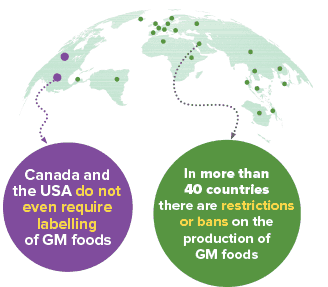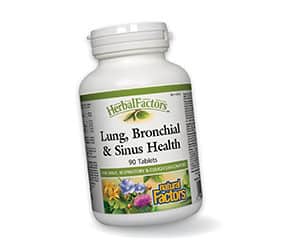
Environmental and Safe Food
Youth Activist and Speaker
Rachel’s passions include social justice, animal rights, responsible food consumption, and environmental protection. For the past few years, she has positioned herself as a strong advocate for the mandatory labelling of genetically modified organisms (GMOs) in food. In 2012, Rachel founded Kids Right to Know, a not-for-profit organization dedicated to educating youth about food safety and challenging them to claim their right to know what’s in their food, and demanding GMO labelling in Canada. Despite a busy Toronto student schedule, Rachel is a Huffington Post blogger, has her own YouTube channel, and has given dozens of television, radio, magazine, online interviews, participated in countless presentations, event appearances, and guest discussion panels, including a well-publicized debate about GMOs with Kevin O’Leary on CBC Television.
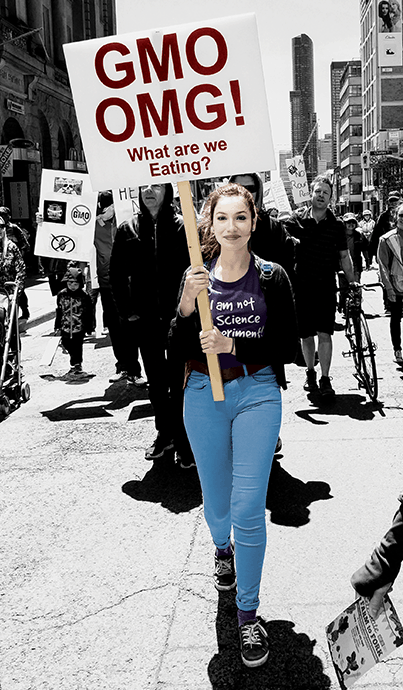
Perhaps one of the biggest and most unspoken issues of our time is food.
IT AFFECTS EVERY ASPECT OF OUR LIVES, INCLUDING OUR HEALTH AND THE ENVIRONMENT.
Today, genetically modified organisms (GMOs) are embedded in our food system.
About 70% of the processed foods on grocery store shelves contain genetically modified (GM) ingredients, such as corn, soy, canola, and sugar from sugar beets. GM crops also include cotton, Hawaiian papaya, zucchini and yellow squash, and more recently the GM apple, alfalfa, potato, and salmon have been approved.
Think back to a time not so long ago when food was simpler and much healthier. When my grandmother was growing up, for instance, “organic food” was just called “food”. She didn’t have to wonder whether it was grown naturally or if it had been tampered with in a lab. However, secretly and silently, our food has changed completely since then. Food and agriculture are now under the control of unaccountable giant corporations.
Growing up
I went to a very small school for most of my elementary education. It taught me many of the key values that still guide my thoughts and actions today. We learned everything from knitting to growing our own vegetables and all about the subjects necessary to graduate. I often look back on those times with immense gratitude and fond memories. It was a simpler time, a period in my life when I wasn’t aware of the struggles in the real world. I spent my childhood in a loving and nurturing environment.
I remember the vegetable garden so vividly, and I always recall being astonished by the miracle of planting seeds and waiting eagerly for a sprout to pierce the loose surface of the soil. The seeds would eventually produce a plentiful abundance of fruits and vegetables which we would enjoy throughout the summer months.
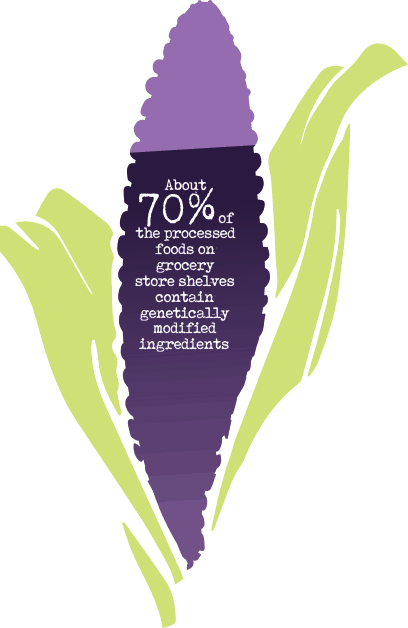
And then there was the surrounding farm land. I remember running, jumping, and frolicking through the tall corn. We used to play hide and seek in the fields that were almost ready to harvest. We would also pick at the dried soy waiting to be cultivated.
While these are fond memories, looking back one memory sticks out most of all: this large and unusual-looking piece of farm equipment that showed up occasionally and moved through the fields. I never gave it a second thought. It wasn’t until many years later that I realized it had been dousing the surrounding farm land with toxic chemicals. This was taking place a mere 10 metres from where we played!
In a way I feel as though at the ripe age of 18, my life has made somewhat of a full circle from being exposed to toxic chemicals from an early age to now fighting to protect people against those very toxins in our food.
My journey into activism
My journey into activism started at 11 when I began to discover what was happening to our food system and decided to research into what a GMO was. I’ve been a vegetarian my entire life and have always been a nature lover. So, it was natural that I would want to know more about the food I consume and how it effects my health, nature, and the environment.
I was immediately concerned by the health and environmental implications associated with GM foods. In addition, I was disturbed about the lack of transparency and choice, especially given the absence of mandatory GMO food labelling in Canada and the US.
I felt it was not only unfair that we do not get to decide what foods we put in our bodies, but that this also went against the very core of democratic values. Access to nutritious food is our most basic right, yet because of the lack of transparency we don’t even have the right to choose which foods we consume.
Rather than standing by for someone else to act, I decided to take action. Maybe all activism involves small actions in the beginning. In the end, however, all the small acts add up and can change the world.
My first small act was simply starting a Twitter account, which led to creating a march in downtown Toronto. I then began a website and formed a non-profit organization, followed by challenging Kevin O’Leary to a debate on GMOs on CBC television, after he publicly smeared critics of GMOs.
I also began to give talks at schools and various events. I soon began to realize that activism has incredible potential to shape the world, to create solutions, and bring together communities from across the globe to work together towards a common goal. My ultimate objective is to create awareness and gain transparency through GMO labelling.
This involves highlighting how GM crops and the chemicals used on them have been associated with the dying o of our essential pollinators and drawing attention to just how many of these crops end up in factory farms, fed to livestock in overcrowded buildings and in deplorable conditions.
The most commonly used herbicide employed in the cultivation of GM crops is Monsanto’s Roundup. Its key ingredient is glyphosate, which is sprayed liberally on GM glyphosate-tolerant “Roundup Ready” crops. Unfortunately, glyphosate isn’t only used on GM crops that are genetically engineered to withstand this agrotoxin, it’s also used as a pre-harvest desiccant. Farmers spray crops with glyphosate to accelerate drying.
For those that may not know much about GMOs, they are created in a laboratory. Genes are taken from one species and inserted into another to obtain a desired trait or characteristic.
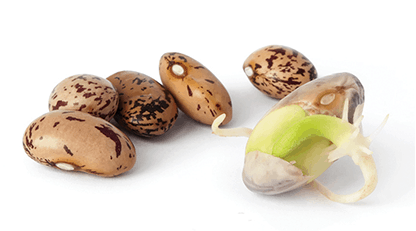
This type of genetic engineering does not occur in nature and is entirely dependent on human manipulation. There are two main types of GM crops: herbicide-tolerant crops, which allow farmers to spray unlimited doses of toxic weed killers directly on the crop without killing it; and pesticide-producing crops, where the plant produces its own internal pesticide.
Organic and “conventional” farmers, environmental groups, as well as consumers have been voicing concerns about GMOs and the chemical-intensive system of agriculture they form for the past two decades. Untested for their effects on humans and lacking regulatory oversight, GM crops and the toxic chemicals they rely on have raised concerns about their impacts on health. There are also environmental concerns related to GMOs, such as bees and butterflies dying off, the emergence of new superweeds and superbugs in the fields and the contamination of and the effects on soil and water.
Taking on the large corporations
A couple of years ago, I attended the annual Monsanto shareholder meeting. I confronted Hugh Grant, Monsanto’s CEO, about the toxic products his company produces. I had the opportunity to ask Mr. Grant in front of around 1,000 shareholders the following question:
“If you truly believe your GM technology is safe, if you truly believe it has the potential to feed the world, why are you treating it like a dirty little secret that can’t be shown on food labels? Why, if it’s such proven technology, are you spending millions of shareholders’ dollars fighting it, rather than promoting it?”
My second question was rooted in my growing concern for the lack of truth and transparency regarding the safety of GMOs and Monsanto’s RoundUp:
“Will you commit to publishing on your website, the controlled animal feeding studies that Monsanto conducted to determine the safety of GMOs and RoundUp, including the raw data?”
He didn’t answer my questions and attempted to simply brush me o as being too young to understand. I may be young, but I’m certainly old enough to see when a corporation has something to hide. It is a huge concern that public officials and governments are allowing corporations like Monsanto to push through pro-GMO policies and underminer our democratic right to choose healthy food.
The story of our food system is no longer just about what we put in our bodies. It is a worrying tale about our environment, health, and fundamental freedoms. It is about protecting our beautiful planet from the destructive grasp of seed and chemical companies that want to control our food supply for financial gain.
Throughout my journey, I’ve faced opposition from these powerful corporations and their hired scientists and media figures. But I refuse to lose hope or give up. I’m often asked why even bother challenging large corporations like Monsanto when they have unlimited funds and huge lobbying power. My answer is simple. I’m fighting for my future and the future of our planet!
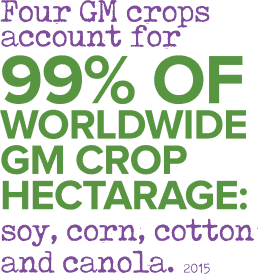
Surely our common goal should be to leave the planet better than we found it. Want to know more about GM crops and food? Visit http://gmomythsandtruths.earthopensource. org/ to access a free copy of the report “GMO Myths and Truths: An evidence-based examination of GMO claims” by Dr. John Fagan, Dr. Michael Antoniou, and Claire Robinson.
